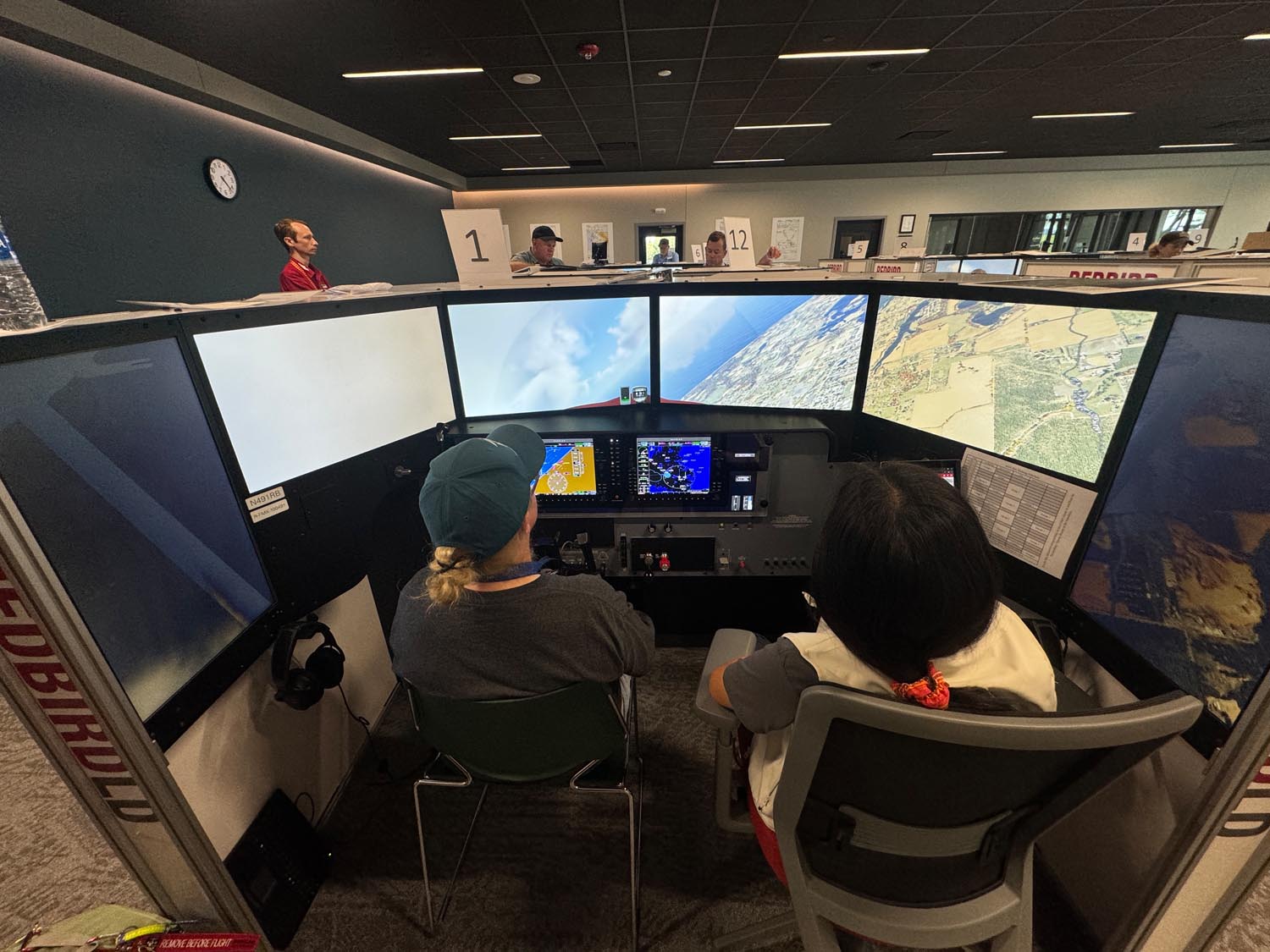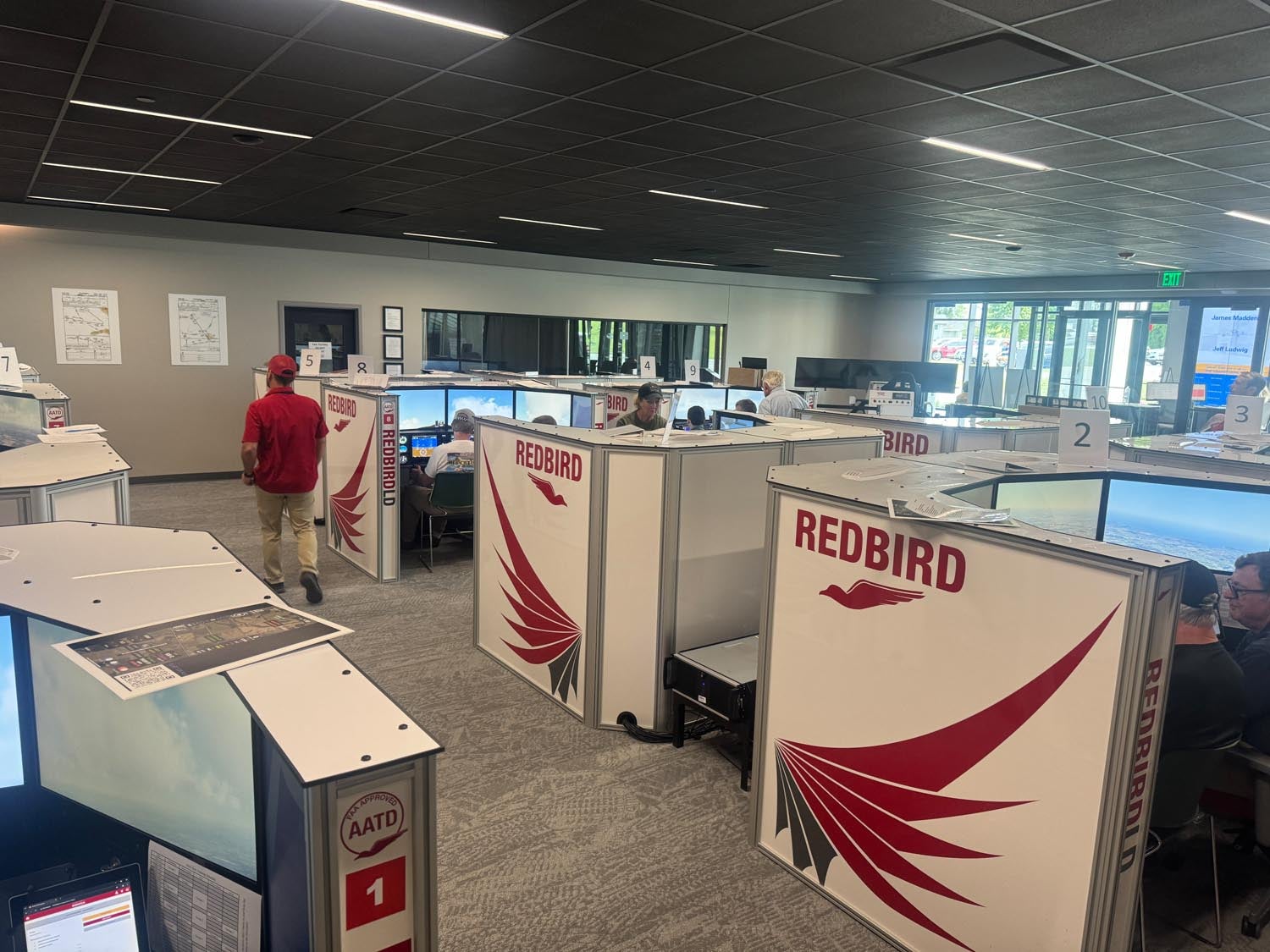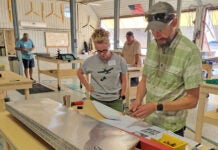 If you think that you’ve noticed an uptick in Angle of Attack articles and videos here at Kitplanes and elsewhere in the past year, that’s no accident. As a member of an EAA Safety Subcommittee for promoting the use of AoA in general aviation, I am proud to help spread the word about how to fly with less risk using the technology that tells you just how close your wing is to the stall.
If you think that you’ve noticed an uptick in Angle of Attack articles and videos here at Kitplanes and elsewhere in the past year, that’s no accident. As a member of an EAA Safety Subcommittee for promoting the use of AoA in general aviation, I am proud to help spread the word about how to fly with less risk using the technology that tells you just how close your wing is to the stall.
Wednesday was “AoA Day” at the Pilot Proficiency center, located in the EAA Museum complex. Concentrating on instructors who can spread the word and techniques about how to fly AoA using the native capability of most experimental EFISes, we ran dozens of CFIs through a pair of scenarios that trained them how to use the modern instrumentation to fly the wing at its peak performance, especially during an engine failure on take-off.
Complementing the simulator time were presentations on the On-Speed AoA system, a new App (TLAR) that helps pilots pre-brief before takeoff using actual field and weather conditions to determine a strategy for failures during the critical first couple of minutes of a flight. I also led a panel discussion on how the FAA and industry can include AoA training in the private pilot curriculum and flight reviews to leverage the increasing number of systems installed in GA aircraft.
Expect to see an increase in the emphasis on AoA usage – and if you have it in your EFIS and haven’t calibrated it – think about doing so, and learning about this important risk management device.













